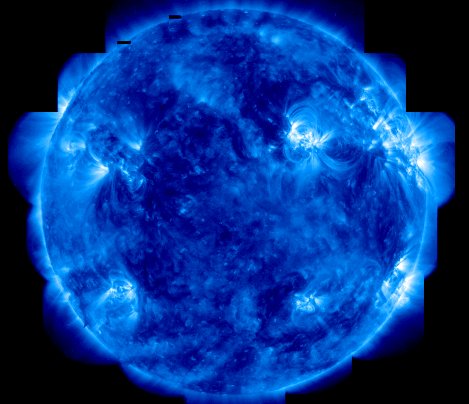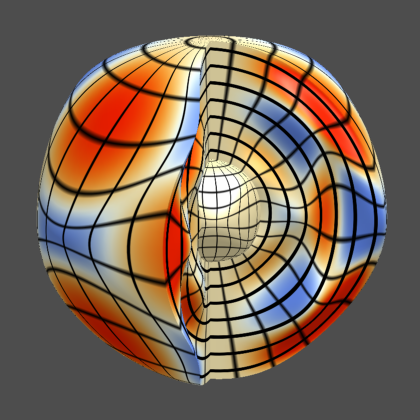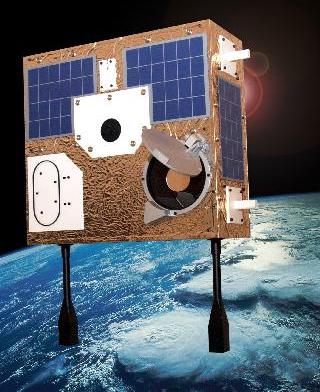EZ-Web is working again
Aug 25 2009, 11:10
After a few days of heavy hacking with PHP, I've managed to get EZ-Web working on my server here at Madison. EZ-Web is a simple, web-based interface to a stellar evolution code, that can be used to calculate stellar models over a wide range of masses and metallicities. In this updated version, I've included the ability to evolve low-mass stars beyond the Helium flash; in fact, these stars can now be followed all the way up the AGB. I'll be making extensive use of EZ-Web when I teach Astronomy 310 this fall.
The GRASSY is greener...
Aug 10 2009, 19:37
Looks like luck is smiling on me right now; the other NSF proposal I submitted last November has also been approved for funding. This project falls under the aegis of NSF's Advanced Technologies & Instrumentation program. The plan is to build a computer platform for very fast spectral synthesis, to be used in analysis of observations of pulsating stars. The platform, GRASSY (GRaphics processing unit-Accelerated Spectral SYnthesis), will be build using graphics processors such as the Tesla unit in tedesco. These specialized pieces of hardware are extremely fast at interpolating values in pre-calculated tables, and have many (hundreds) of cores for parallel execution — just what is needed for spectral synthesis.
This is a joint project with Karu Sankaralingam from Computer Sciences, and will be involving two Grad Students (one from each department). It's a little unusual in its nature, but promises to be a lot of fun!
New paper: 'Toward self-consistent angular momentum transport in pulsating massive stars'
Jul 20 2009, 14:53
I've just completed the
write-up for the
Santa Fe pulsation meeting. This short conference paper reports on progress with
HEIMDALL, my prototype code for simulating wave transport of angular
momentum inside pulsating massive stars. There's a potentially
interesting finding that the sub-surface shear layer formed by
unstable g modes actually serves to stabilize these modes, in a
negative feedback loop. This may help shed some light on the
mechanism(s) responsible for selecting which unstable modes grow to
observationally detectable amplitudes.
MOST detects pulsation modes in Rasalhague
Jun 10 2009, 11:00
During last week's pulsation meeting in Santa Fe, I received news from John Monnier that our MOST observations of Rasalhague (α Ophiuci) have detected δ Scuti-like pulsations. With just one day of monitoring, 30 or so modes have already popped up, and the expectation is that there will be 100 or so detected during the full run. This is a very welcome discovery, since we now have a good chance of undertaking detailed modeling of the effects of rapid rotation on the star's oscillation spectrum — a first for a δ Scuti pulsator.
'Wave-Transport' project gets NSF support
Jun 7 2009, 21:14
I found out recently that one of the NSF proposals I submitted last November has been approved for funding. This project will look into wave transport of angular momentum — a phenomenon I've been hoping to explore for some time now. Such transport happens in the Sun and other low mass stars, mediated by stochastically excited gravity waves. I'm interested in whether the same thing can happen in massive stars, but in this case with global g modes driven by the iron opacity bump. (By coincidence, I've just returned from a pulsation meeting in Santa Fe, NM, where I presented some preliminary calculations along these lines).
The NSF award brings with it full support for a PostDoc, and partial support for a Grad Student; so I hope to be hiring come this fall. Watch this space...




